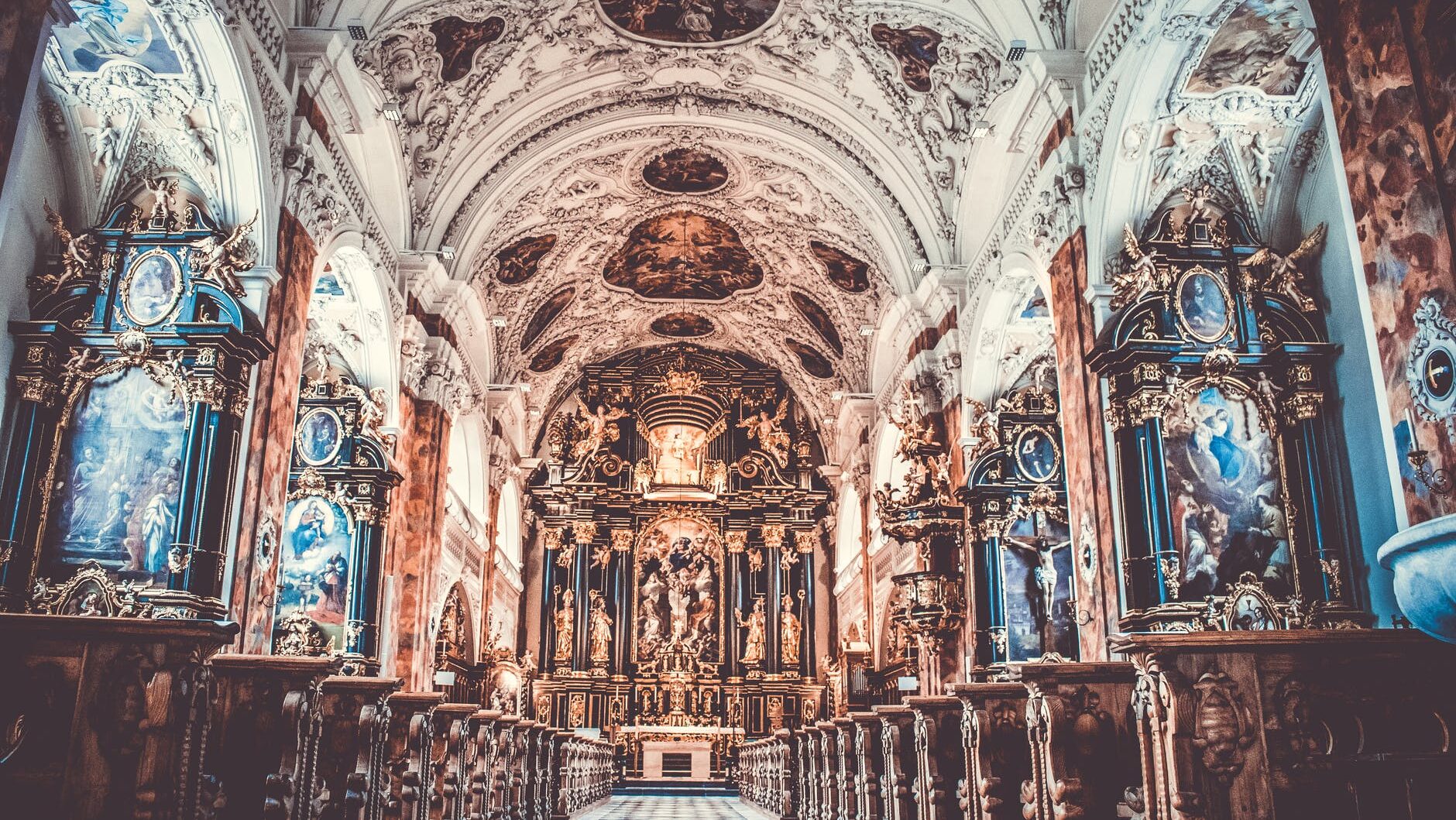You’ve probably heard people mention illustration and fine art and wondered, “don’t they both paint and draw?” What’s the difference?
Illustration involves creating art that depicts an idea, or solves a communication problem, crafted to deliver a specific message to an audience. Fine art is the self-expression of an artist through their craft, often without the intention to satisfy the audience’s needs but simply for the artist’s sake. An Illustrator is like a speechwriter and a fine artist is doing spoken-word. With a speech, you have to deliver the message the speaker intends to pass to the audience or draw an intended emotion, but with spoken word, the artist is voicing out their own thoughts, regardless of how vague it is or how the audience interprets it.
How are they different in application?
Illustrations are created for commercial advertisements, publications, and product distribution. Fine art on the other hand is created for private use, public exhibition, either for sale or not. Fine art serves a decorative or aesthetic purpose while illustration is more functional. Both disciplines overlap, encroaching into each other’s definitions depending on the artist and the work of art in question. A poster for the Godfather movie could be decorating someone’s dorm-room fitting the definition of fine-art but it’s an illustration intended to market the movie. And Michelangelo’s work in the Sistine chapel is fine-art but it was commissioned to convey specific religious messages and not his own self-expression. So, it is in a way an illustration. The two fields are not split exactly black and white, there’s a thin greyish gradient in between.


The origins of Illustration
Before industrialization, both were one and the same. Kings and popes would commission artists to paint portraits and religious icons and pay them for their work with wealth, favors, or status. As the world industrialized and capitalism spread, a certain type of artist emerged; one who created art for products and advertisements like circus posters and tavern signs. And with the invention of the printing press and duplication methods, this artist was able to create art that could be distributed to the masses. The illustrator was born.

However, unlike the old days, they wouldn’t receive a hefty sum for their printed work as they would have for an original painting. But with selling to a larger audience and market, came a greater opportunity to make more money selling to the masses rather than the individual King or Pope. And if Da Vinci had Redbubble he would have definitely cashed it in.
Does the art look different?
Modern fine artists also sell prints of their art, but unlike the illustrator, fine art is not commissioned by clients, businesses and organizations distributing it under their own licenses. Illustrators serve commercial interests and audiences. However, there is no difference between fine art and illustration in terms of visual style, creative skills and tools used, their talent, and hard work. A fine artist could paint a flower on paper in watercolour and an illustrator will do the same but for a client for a gardening magazine. Therefore, you can’t point to a work of art and say this is an illustration and not fine-art without knowing the context in which it was commissioned and the purpose of the work. Both can be abstract or surreal.

Just Art or Fine Art?
Fine art and art are often used interchangeably in public discussions. Art in definition is literally any human creation. A hammer, your phone and the Mona Lisa are all artworks created by artists. Both Illustrators and Fine-artists are Artists and they both make art. Art is the umbrella term, branching out into many disciplines including fine-art and illustration.
Conclusion
The illustrator follows the design process which involves solving a communication problem. The fine-artist expresses free-thought and is not confined by the needs of the audience. A simple way of putting it is that an illustrator answers questions while a fine artist asks questions.
